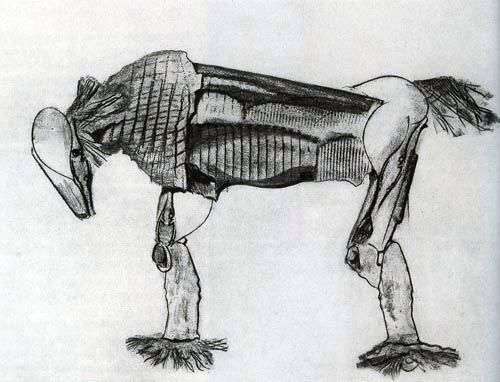
In search of artistic means to express the subconscious as the antithesis of reality, Ernst discovered the technique of frottage. Illumination happened in a small hotel on the French Atlantic coast, where the artist stayed in August 1925. The floors in the hotel were wooden and very old, eaten by beetle-borer.
Looking at these whimsically winding moves, Ernst felt a rush of inspiration. Later he recorded this moment in his “Memoirs”: “These lines formed strange, changing images, similar to those we see at the time of transition from sleep to wake, they gave birth to hallucinations, and he copied several such patterns.” . Ernst sank to the floor, wiped the patterns left by the woodsmen with soft graphite and transferred them to paper.
Subsequently, he began in the same way to translate on paper the texture of various objects, including woody leaves, canvas, wire mesh. The combination of a variety of textures allowed the artist to create unexpected images, and the technique itself frottage gave him more freedom than a collage. Thirty-four such frotazha Ernst published in 1926 in a book called “Natural History.” As the name suggests, the book contained images closely related to the natural world. One of the artist’s frotazhas is represented at the top.
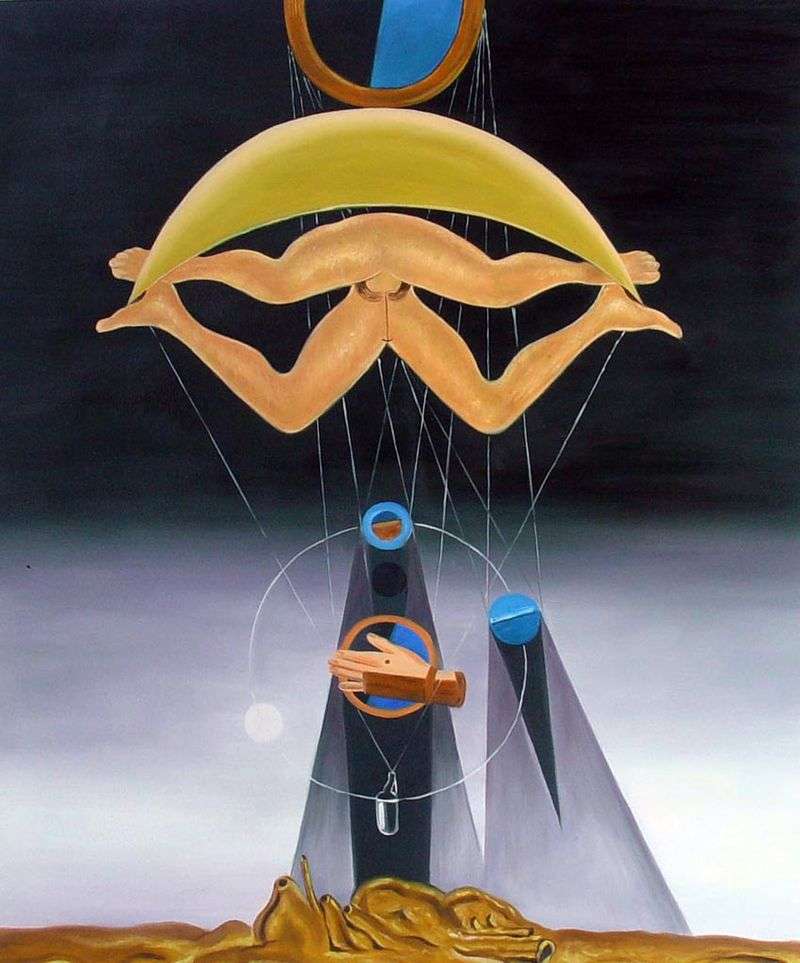 People do not know this by Max Ernst
People do not know this by Max Ernst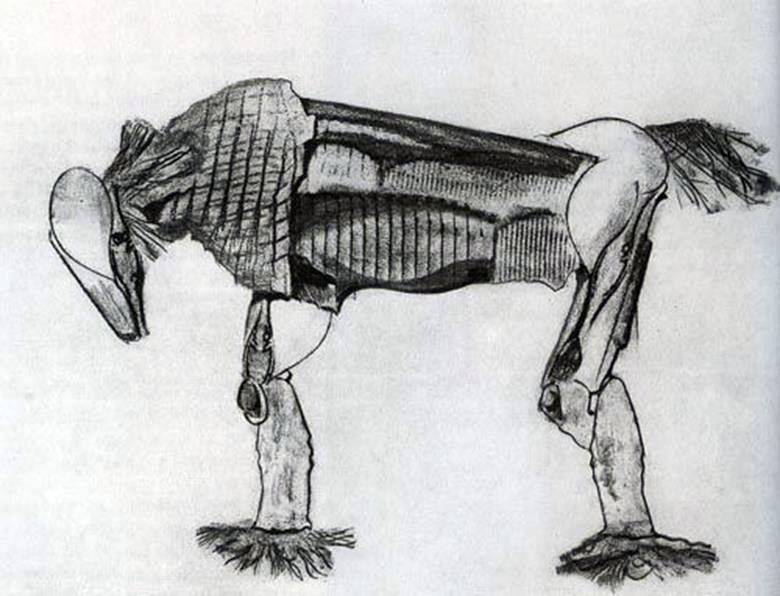 Grande saison – Max Ernst
Grande saison – Max Ernst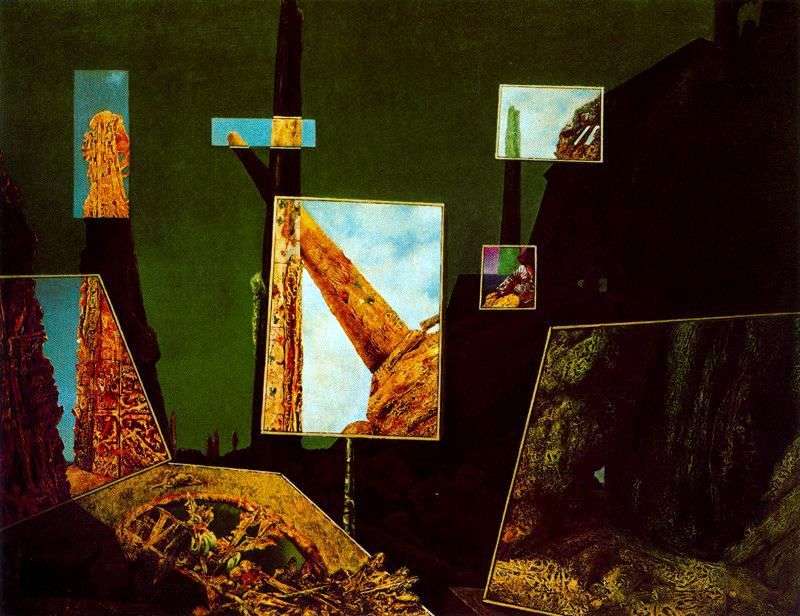 Day and night (Night and day) by Max Ernst
Day and night (Night and day) by Max Ernst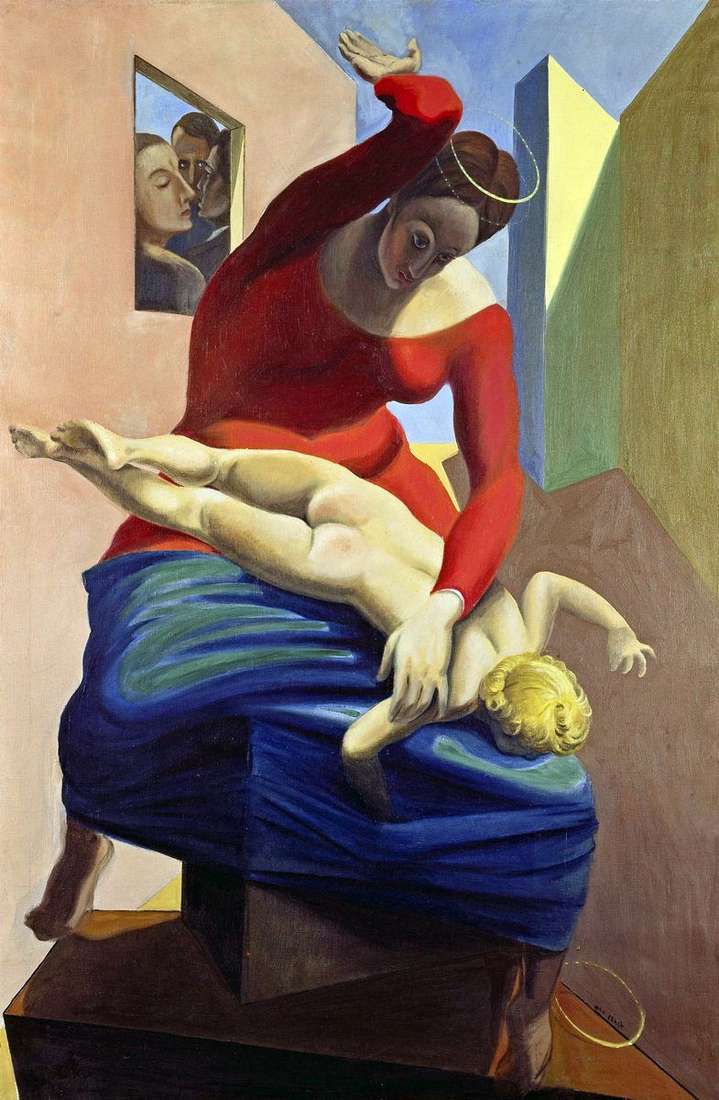 Madonna, spanking the baby of Christ before the three witnesses by Max Ernst
Madonna, spanking the baby of Christ before the three witnesses by Max Ernst Europe after the rain II by Max Ernst
Europe after the rain II by Max Ernst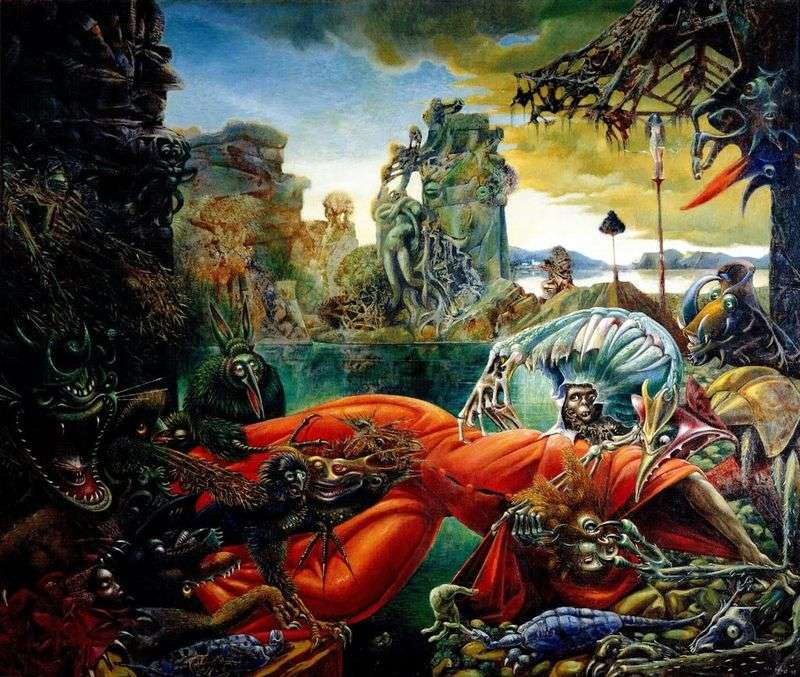 The Temptation of Saint Anthony by Max Ernst
The Temptation of Saint Anthony by Max Ernst Old Dad Raine by Max Ernst
Old Dad Raine by Max Ernst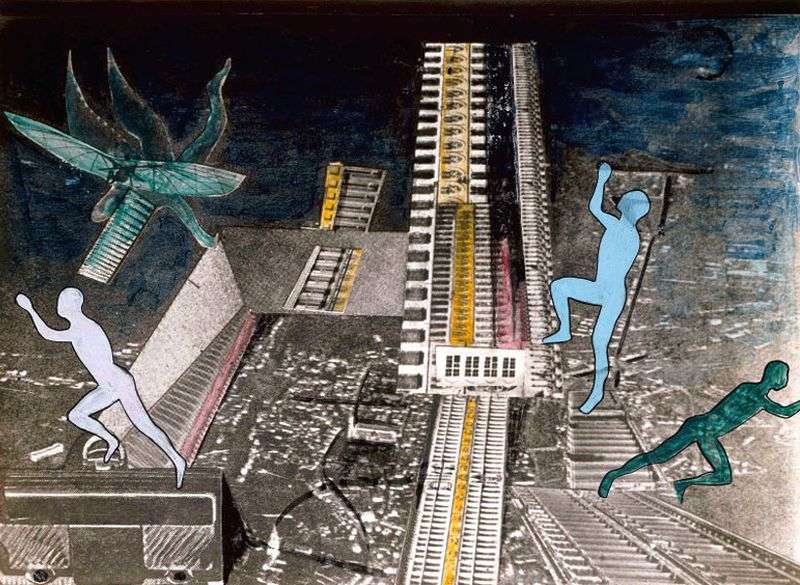 Beating babies by Max Ernst
Beating babies by Max Ernst